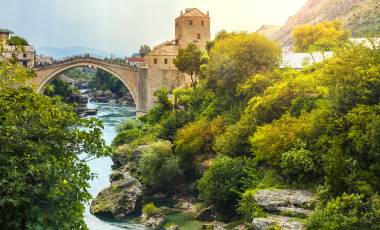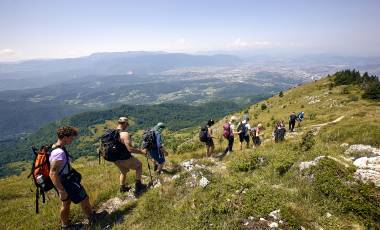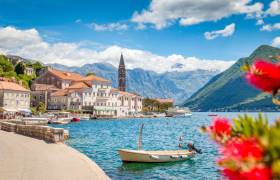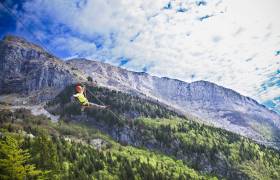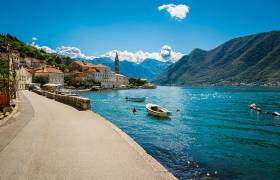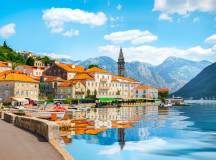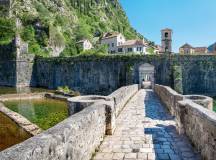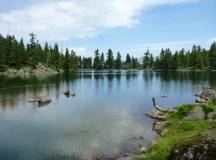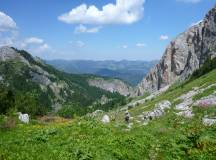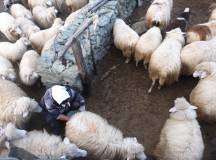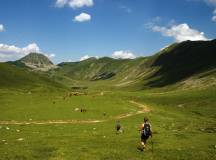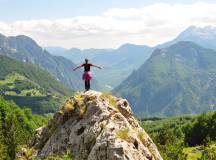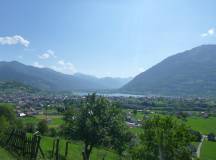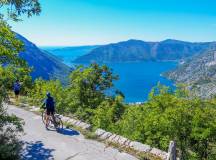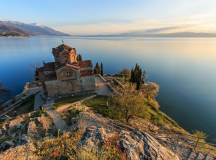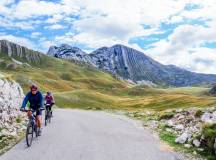Be mesmerised by hulking black mountains tumbling down to flower-filled meadows and perfect beaches

Montenegro Tours
Montenegro Tours
Activities in Montenegro
FAQs on our Montenegro Trips
Montenegro is a small country located in Southeastern Europe, nestled along the Adriatic coast. Bordered by Croatia to the west, Bosnia and Herzegovina to the northwest, Serbia to the northeast, Kosovo to the east and Albania to the southeast, Montenegro is made up of diverse landscapes that vary from rugged mountains to sun-bleached beaches. The country is most famous for its beautiful bay of Kotor, a UNESCO World Heritage site, as well as its charming coastal towns like Budva and Herceg Novi.
The best time to visit Montenegro is during the shoulder seasons of spring (April to June) and autumn (September to October). During these months, the weather is generally mild, the crowds are fewer, and the prices are lower compared to the peak summer months. In the Spring you’ll see the land strewn with wildflowers and enjoy pleasant temperatures, which are ideal for outdoor activities like hiking and exploring the coastal towns. Autumn brings rich foliage, vibrant festivals and a more relaxed atmosphere, perfect for cultural experiences and wine tasting.
This Balkan gem plays host to diverse landscapes and cultural experiences but one of the most popular places to visit is the Bay of Kotor, punctuated by coastal towns, ancient churches and mountain peaks. The old town of Kotor itself is a UNESCO World Heritage Site and boasts winding narrow streets and striking architecture. For your fix of nature, head to Durmitor National Park, a paradise of rugged peaks, shimmering lakes and scented forests, ideal for hiking. For a more relaxed coastal experience, visit the sandy beaches of Budva and Sveti Stefan.
Montenegro’s diverse landscapes provide the perfect playground for outdoor activities, from exploring the medieval towns of Kotor and Budva to hiking in the magnificent Durmitor National Park, there is something for everyone. Adventure seekers can go white-water rafting on the Tara River, known as the “tear of Europe,” or try paragliding over the breathtaking Bay of Kotor. For something a little more relaxed, stroll along the beautiful beaches lapped by the warm Adriatic waters or sample the delicious local cuisine in one of the waterfront restaurants.
Montenegro tours are filled with culinary experiences where you can try exciting dishes that have been shaped by its traditions and showcase fresh, local produce. Traditional Montenegrin cuisine features a variety of fresh seafood delicacies along its stunning Adriatic coast, such as grilled fish, calamari and shrimp. Inland, hearty meat dishes like smoked ham, grilled lamb and beef stew are often eaten in restaurants and family homes. You’ll also find local cheeses and cured meats on the table. Montenegro’s fertile soil produces high-quality fruits and vegetables, notably olives, figs and grapes used in making wines.
Citizens from the EU, US and UK don’t need a visa to visit Montenegro for stays of up to 90 days within a 180-day period. However, citizens of other countries should always check visa requirements with the Montenegrin embassy or consulate in their home country well in advance of travelling. While citizens of some countries are exempt from visa requirements for short visits, others may need to apply for a visa. It is important to check the specific visa requirements based on your nationality as the visa policy is subject to change. For more information, take a look at the relevant links below…
- Australia: www.smartraveller.gov.au/destinations/europe/montenegro
- Canada: www.travel.gc.ca/destinations/montenegro
- United Kingdom: www.gov.uk/foreign-travel-advice/montenegro/entry-requirements
- USA: www.travel.state.gov/content/travel/en/international-travel/International-Travel-Country-Information-Pages/Montenegro.html
The language of Montenegro, officially known as Montenegrin, is a member of the South Slavic language groupand closely related to Serbian, Croatian and Bosnian. Montenegrin is the official language of Montenegro which is spoken by the majority of its population. Due to its diverse history, Montenegrin incorporates elements from different languages, including Latin, Turkish and Italian, reflecting the country’s complex past and cultural heritage.
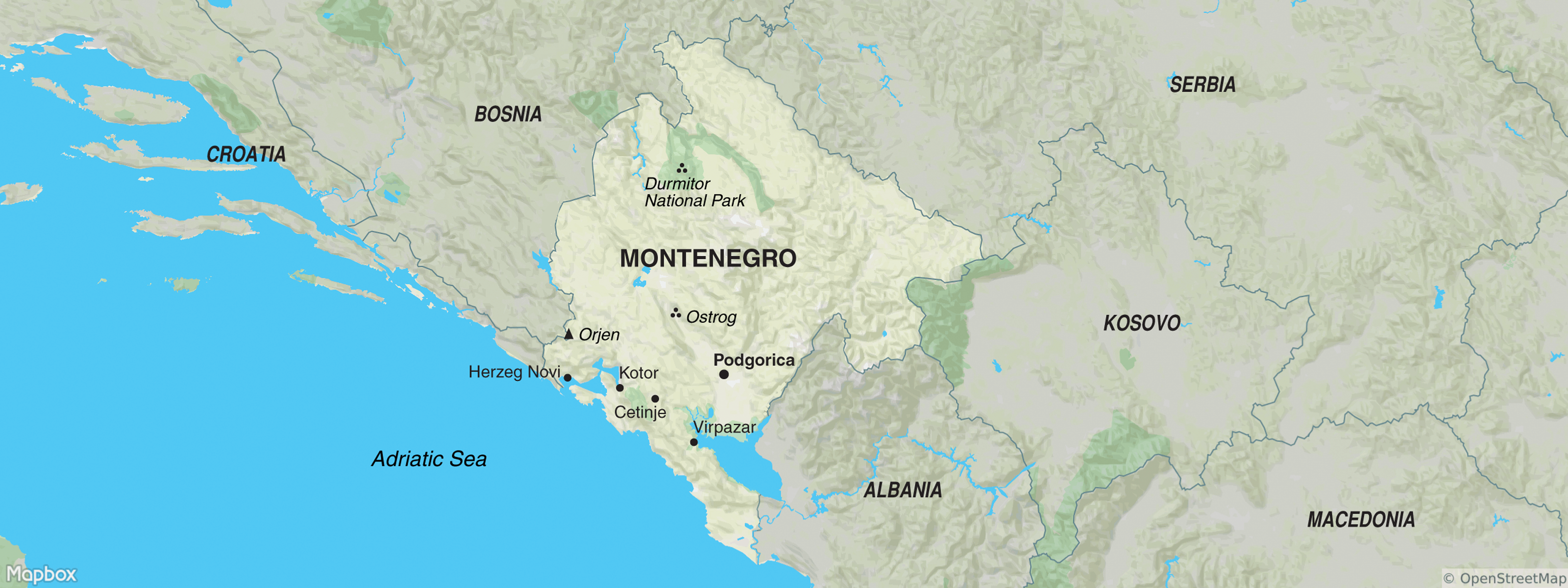
Expert Blog Entries
The Adventure Begins Here
Get regular inspiration straight to your inbox from Exodus’ experts.
